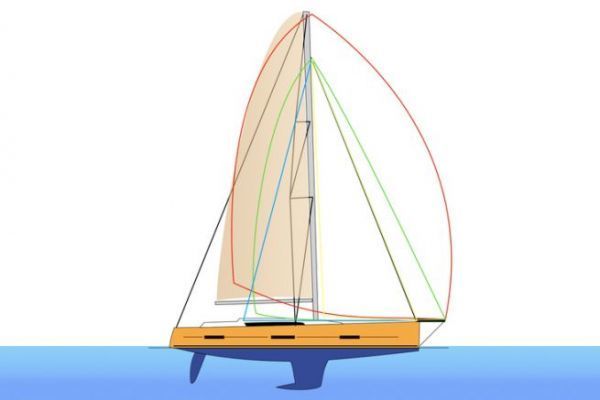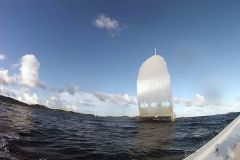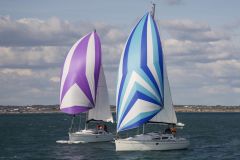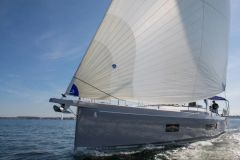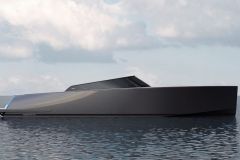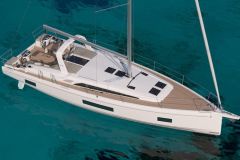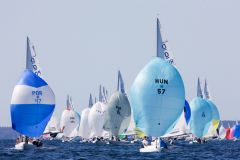On cruising yachts, the configuration of the headsails determines not only performance, but also sailing comfort. The Bénéteau Oceanis 47 is a good example of this diversity, with a range of sails from 40 to 152 m². From the simplicity of the self-tacking jib to the power of the asymmetric spinnaker, each option meets a specific need, depending on the sailing program.
Self-steering jib: simplicity at the expense of power
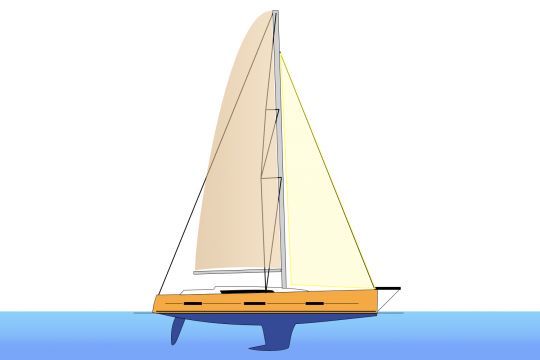
The self-tacking jib option appeals to smaller crews. On the Oceanis 47, this standard jib has a surface area of 40.42 m². It facilitates tacking without having to maneuver a sheet, making it a popular solution for coastal sailing. However, its reduced surface area results in a loss of power downwind, particularly in light airs. It is mounted on a carriage with a curved rail. The edge is often high to free up the deck. This is a wise choice for sailors who prefer ease of maneuvering to performance.
Overlapping genoa: a good compromise between performance and seaworthiness
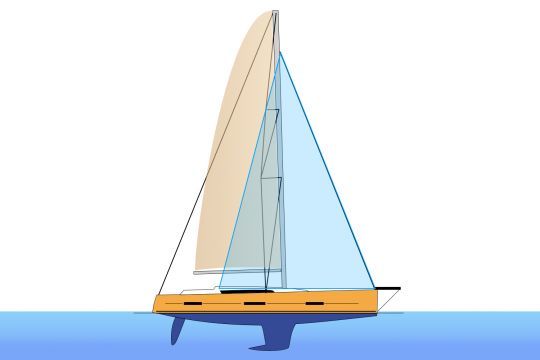
The 109% furling genoa on the Océanis 47 (52.16 m²) offers even more power. By increasing the overlap compared to the self-tacking jib, this type of genoa improves upwind propulsion in moderate to steady conditions. However, it requires more demanding management: well-tuned furling system, carriage adjustment to ensure that the clew is in the right place. It remains versatile for semi-upwind sailing, provided the crew is able to manage the maneuvers. This type of sail also requires optimized halyard tension and a precise clew to preserve the draft.
Code 0: between light genoa and gennaker
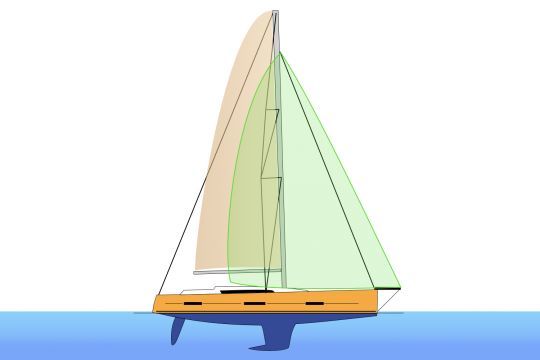
Code 0 (102 m² on the Oceanis 47) is particularly suited to light weather. With a flat cut and generous surface area, it is rigged on a furler on the bowsprit. It's an intermediate sail, designed for light downwind to reaching conditions (around 60 to 110 degrees from the wind). This sail is often made of laminate or lightweight composite fabric. It does, however, require a certain rigor in the rigging: luff tension, specific clew blocks, management of the furler on the bowsprit.
Asymmetrical spinnaker: for long downwind glides
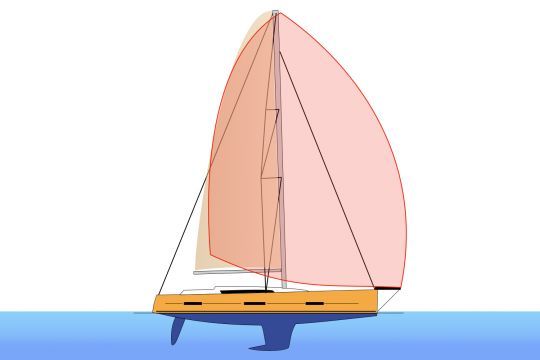
With a surface area of 152 m² on the Oceanis 47, the asymmetric spinnaker is the most powerful headsail on board. Designed for broad reaching and downwind sailing, it transforms long downwind legs into a pleasant glide. It does, however, require a bowsprit for a forward tack, as well as a sock system to facilitate hoisting and lowering. Less versatile than a Code 0, it is mainly used downwind. The absence of a spinnaker pole reduces mechanical effort, but requires precise maneuvers to gybe. This sail is typically used for offshore and transatlantic sailing.
Selection criteria: program, crew and manoeuvring capacity
Adapting your headsail set depends on the type of cruising you're planning. For single-handed or family cruising, the easy way out: self-tacking jib and furling genoa form a reliable base. On the other hand, for more ambitious or fast sailing, the use of specific sails such as code 0 or asymmetric spinnaker optimizes speed and steering pleasure. The choice also implies an adjustment of the rigging: furlers, bowsprits, cleats, davits and adapted halyards are essential to guarantee safety and efficiency.

 /
/ 